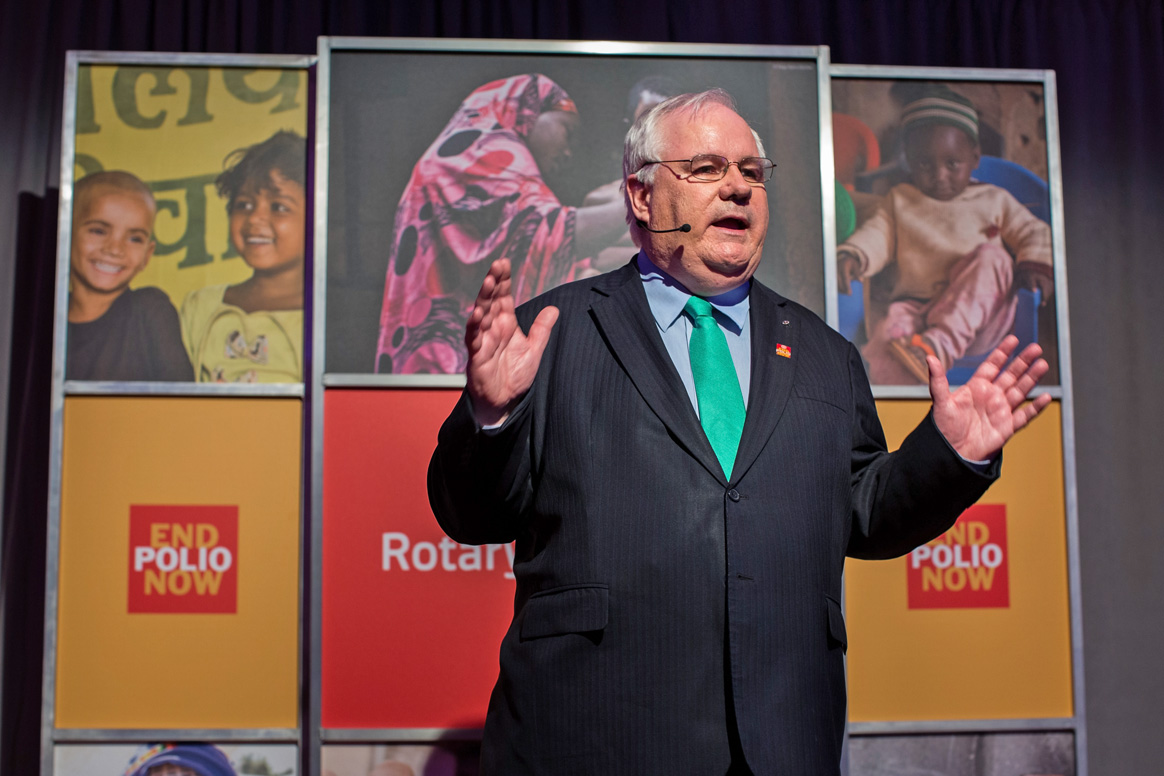
A plea from polio advocate Mia Farrow and powerful images taken by Sebastião Salgado document polio vaccination efforts through a new art project. Salgado’s inspiring photos of health workers, officials and communities reaching children show the lengths to which people go to administer the polio vaccine, despite danger and remoteness. Mia Farrow’s plea for parents to vaccinate their children comes from heartfelt personal experience. Having contracted polio as a child, and with an adopted son from India who is paralysed by the virus, Farrow’s piece is a reminder of the commitment needed to see the job through to the end, and of the benefits that will be reaped once this is achieved.
The history of polio eradication is part of a much greater story of the lives of children being saved through immunization. Polio eradication is currently being explored through these two projects as part of an art project commissioned by the Bill and Melinda Gates Foundation that aims to portray the passion and dedication of scientists, the love of parents, and the determination of health workers.
The work of over 30 world-renowned photographers, painters, sculptors, writers, film makers and musicians is being unveiled this January through the Art of Saving a Life project.
Covering vaccines for smallpox, maternal and neonatal tetanus, and Ebola, as well as topics such as the heroism of health workers and Jim Grant’s child survival revolution, the project provides an engaging platform for communicating the incredible impact that vaccines have had worldwide.
The medium provides insights into the human aspect of immunization. Christoff Niemann’s animations of the cold chain seeks to show how the logistical requirements that are so essential in getting each vaccine to remote locations is “…mainly a story about personal ingenuity, enthusiasm and passion for helping others.”
The Art of Saving a Life provides a lens through which to view polio eradication as part of a larger social movement to improve the health of children worldwide. Polio continues to exist only in countries where health systems are weak, due to poverty, insecurity or conflict, where routine immunization systems are not sufficient to protect all children. This project is a reminder of the importance of using routine immunization and polio eradication systems to strengthen one another for the future. As Sophie Blackall’s illustrations remind us, “By 2020, all people should enjoy the full benefits of immunization, regardless of where they were born, who they are or where they live.”



